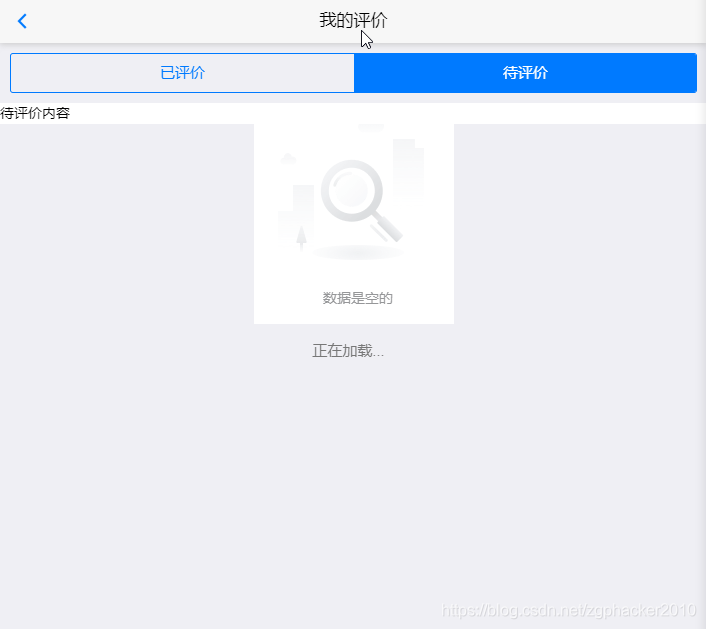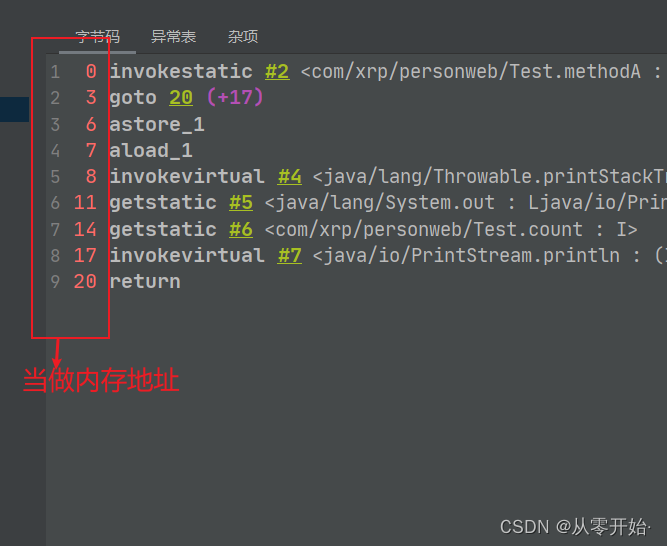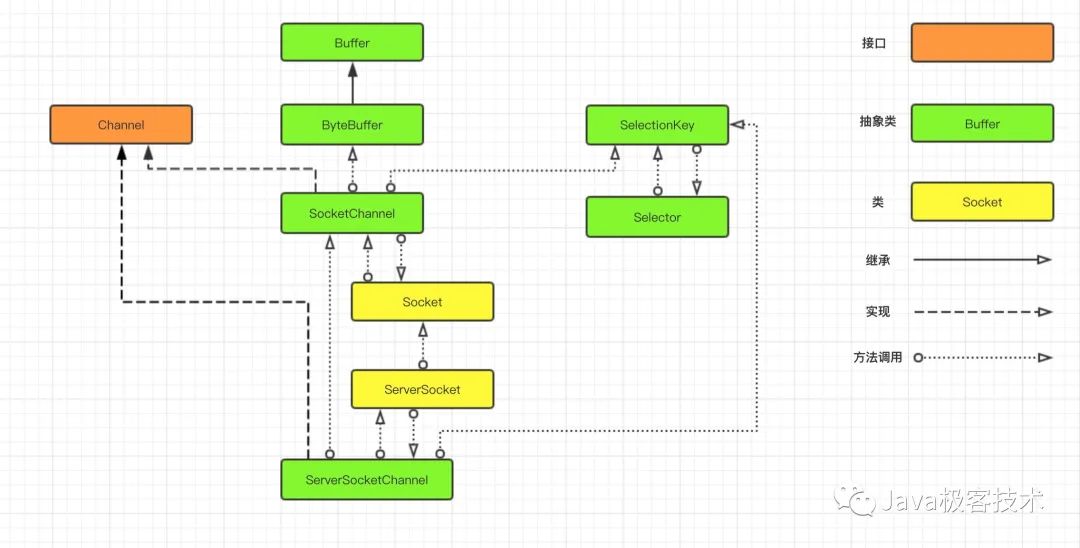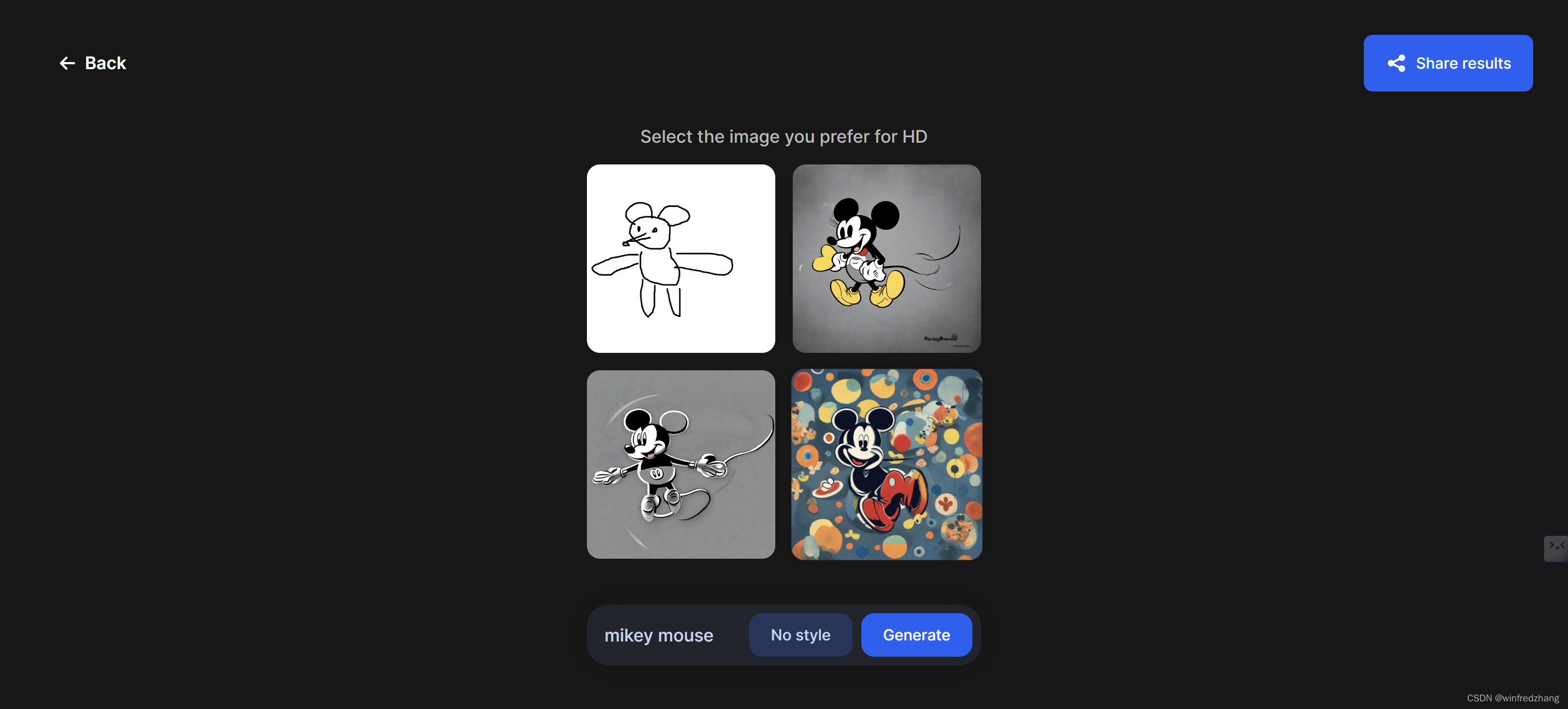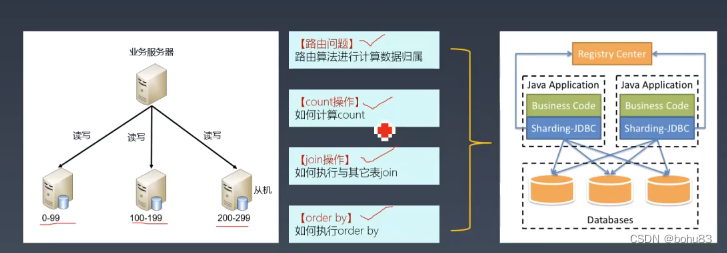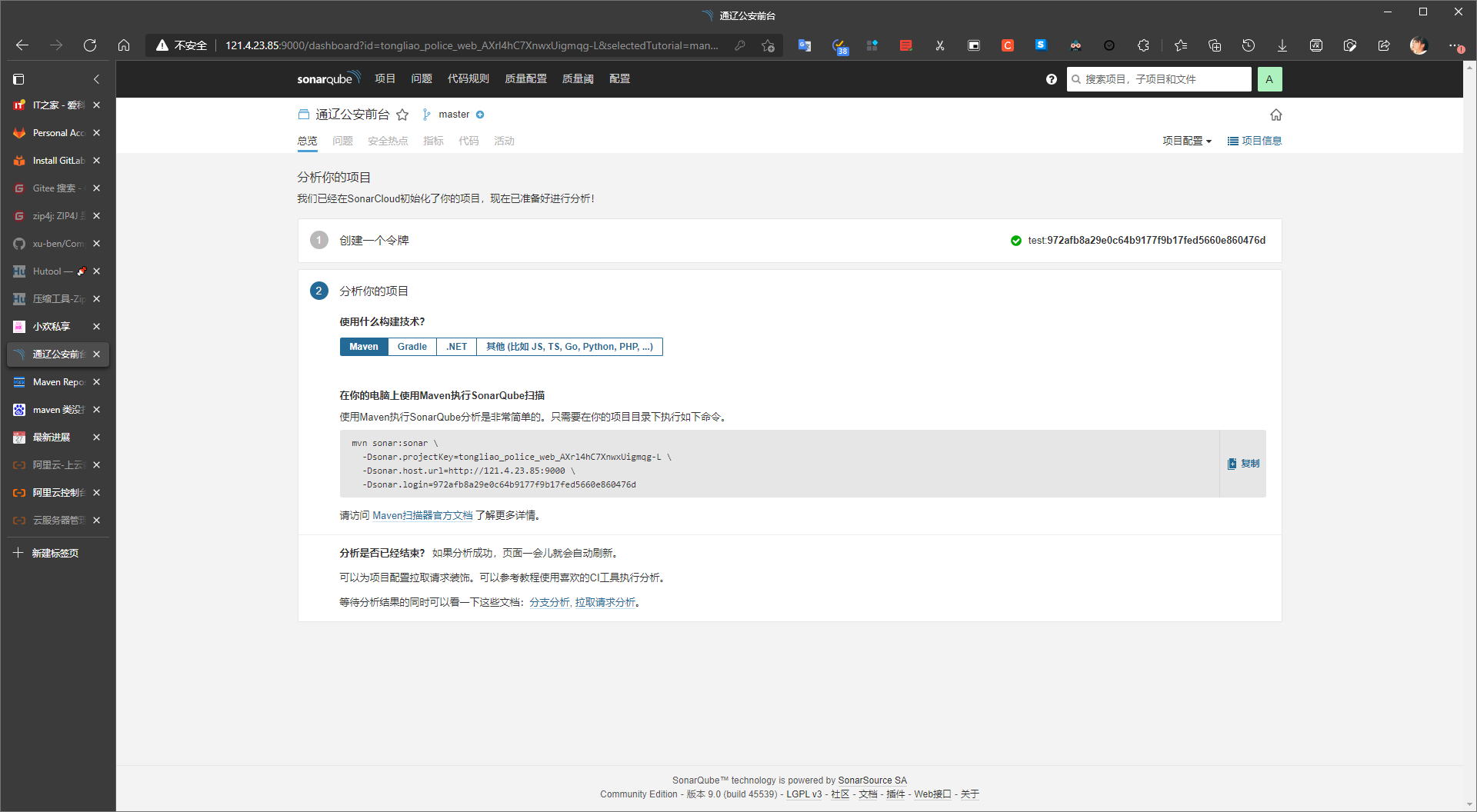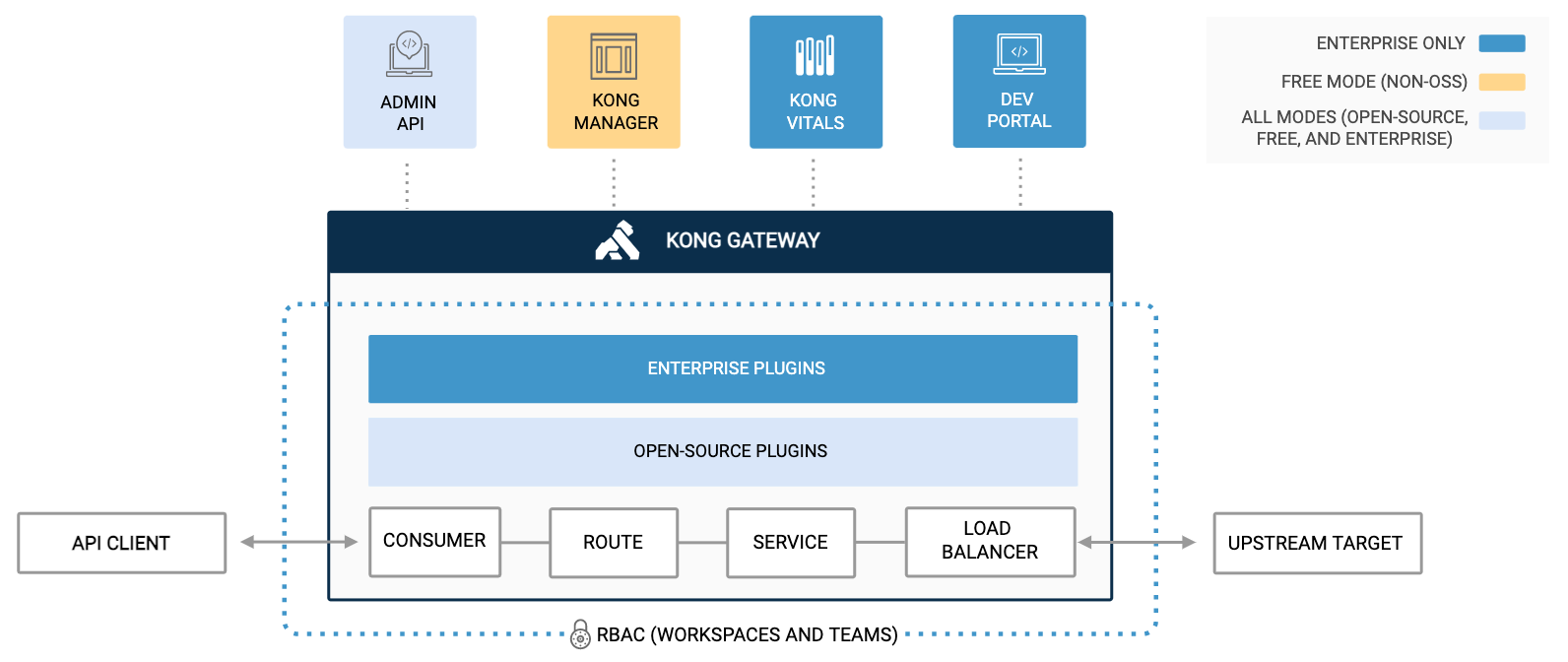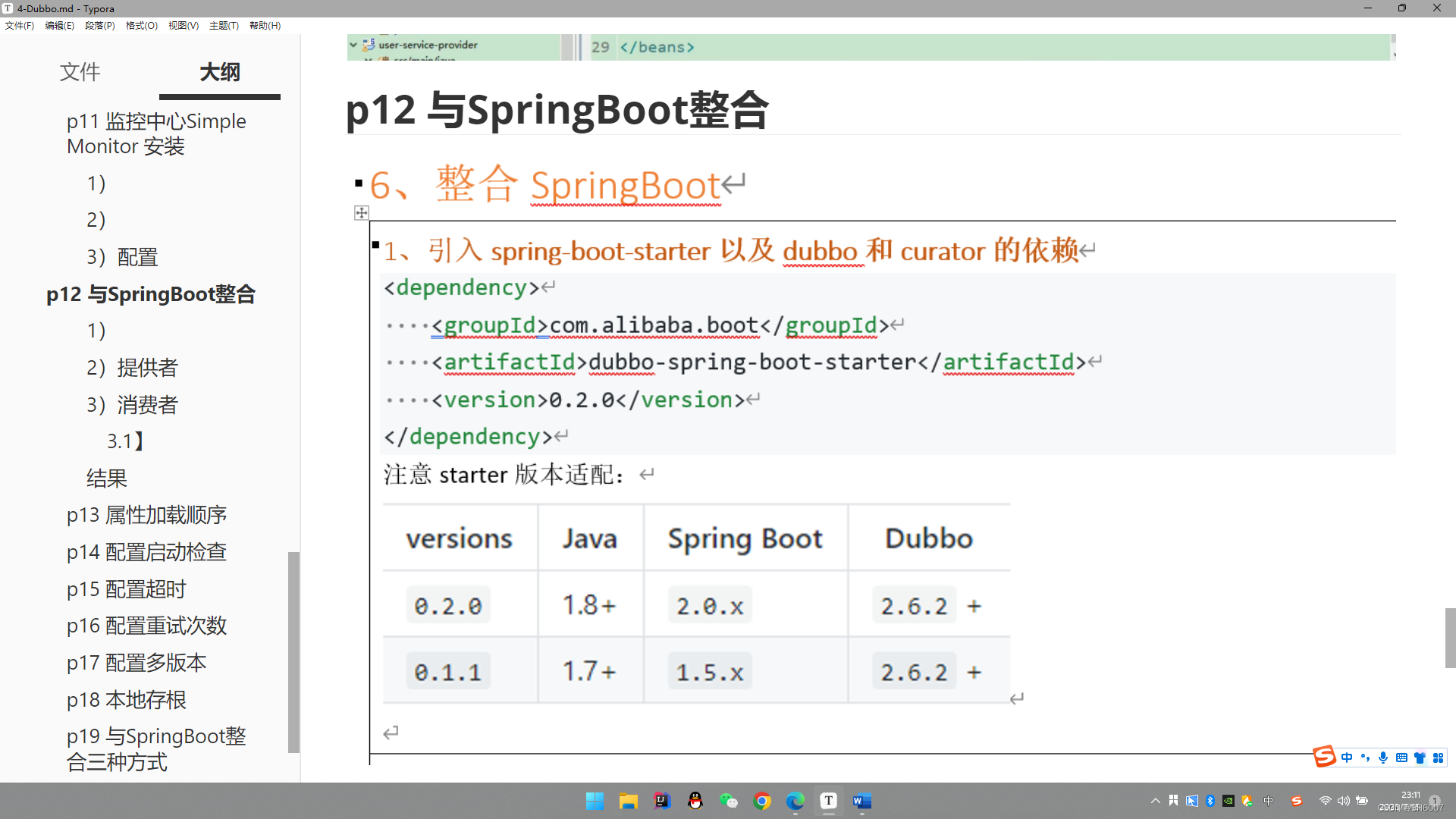单链表
- 一.自定义链表类
- 二.自定义节点类
- 三.链表中的基本方法
- 1.头插法
- 2.尾插法
- 3.在任意位置插入
- 4.删除第一次的关键字为key的节点
- 5.删除所有关键字为key的元素
- 6.是否包含关键字key
- 7.获取链表长度
- 8.遍历节点并输出
- 9.清空链表

一.自定义链表类
public class MySingleList {
Node head; //头节点,Node类型
int size;//链表中实际元素个数
public void addFirst(int data) //头插法
public void addLast(int data) //尾插法
public void addIndex(int index,int data) //任意位置插入
public boolean contains(int key) //是否包含关键字key
public int getSize() //获取链表长度
public void remove(int data) //删除第一次的关键字为key的节点
public void removeAllKey(int key) //删除所有关键字为key的元素
public void display() //遍历节点并输出
}
二.自定义节点类
class Node{
public int value;//存储链表的值
public Node next;//存储下一个链表的地址
public Node(int value)
{
this.value = value;
}
public Node() {
}
}
节点类是链表类的内部类
三.链表中的基本方法
1.头插法
public void addFirst(int val)
{
Node node = new Node(val);
node.next = head;
head = node;
size++;
}
2.尾插法
public void addLast(int data)
{
Node node = new Node(data);
//如果一个节点都没有
if(head==null){
head = node;
size++;
return;
}
Node cur = head;
//遍历到最后一个节点
while(cur.next!=null)
{
cur = cur.next;
}
//插入
cur.next = node;
size++;
}
3.在任意位置插入
public void addIndex(int index,int data)
{
//下标不合法
if(index<0||index>size)
{
throw new IllegalArgumentException("Index is invalid");
}
//在第一个位置插(头插)
if(index==0)
{
addFirst(data);
size++;
return;
}
//在最后一个位置插
if(index==size)
{
addLast(data);
size++;
return;
}
//一般情况
Node node = new Node(data);
Node cur = head;
int count = 0;
//循环找到插入位置的前一个位置
while(count!=index-1)
{
cur = cur.next;
count++;
}
node.next = cur.next;
cur.next=node;
size++;
}
4.删除第一次的关键字为key的节点
public void remove(int key) {
//链表中一个元素都没有
if(head==null)
{
return;
}
//第一个元素就是要删除的元素
if(head.value==key)
{
head = head.next;
size--;
return;
}
//一般情况,遍历到要删除的前一个位置
Node cur = head;
while(cur.next!=null)
{
if(cur.next.value==key)
{
cur.next = cur.next.next;
size--;
return;
}
//如果下一个不是要删的cur后移
cur = cur.next;
}
}
5.删除所有关键字为key的元素
public void removeAllKey(int key)
{
//链表中一个节点都不存在
if(head==null)
{
return;
}
//双指针
Node cur = head.next;
Node prev = head;
while(cur!=null)
{
if(cur.value==key)
{
prev.next = cur.next;
size--;
}else{
prev = cur;
}
cur =cur.next;
}
//处理第一个节点
if(head.value==key)
{
head = head.next;
size--;
}
}
6.是否包含关键字key
public boolean contains(int key)
{
Node cur = head;
while(cur!=null)
{
if(cur.value==key)
{
return true;
}
cur = cur.next;
}
return false;
}
7.获取链表长度
public int getSize()
{
return size;
}
8.遍历节点并输出
public void display()
{
Node cur = head;
while(cur!=null)
{
System.out.print(cur.value+" ");
cur = cur.next;
}
}
9.清空链表
public void clear()
{
head = null;
}


